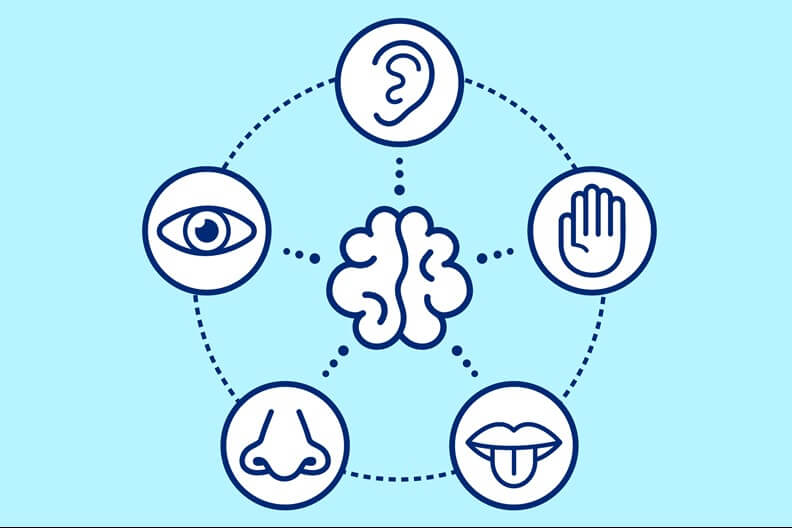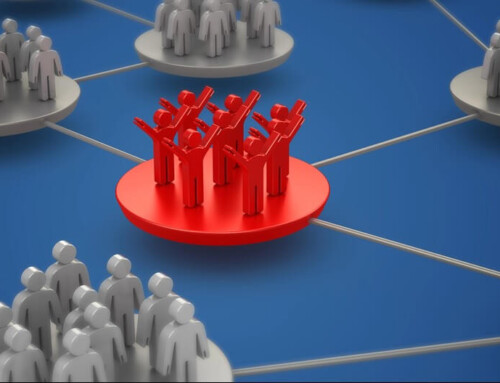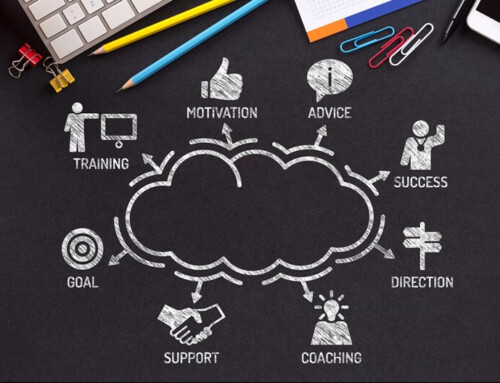One key difference between a good offsite meeting and a great one is how memorable it is for attendees. You can plan the most organized schedule and present the most valuable information, but if the participants have trouble remembering what they learned, your efforts will be in vain. Making attendees feel certain emotions is another great way to host standout events.
Fortunately, there are strategies at your disposal to help you host effective corporate meetings. Sensory storytelling is among them, and it makes events memorable by engaging the five senses: sight, smell, sound, taste, and touch.
In terms of events, sensory storytelling takes presentations, training, and activities beyond the traditional verbal or written formats to create a compelling narrative. Many organizations incorporate sight, but tend to neglect the other four senses, which can also make a strong impact on attendees. Why is it so important to leverage sensory storytelling?
- 78% of meeting planners say that a multi-sensory event creates a memorable experience.
- 42% believed that engaging the five senses help employers stand out in employees’ minds.
- Yet only 27% of meeting planners feel that storytelling is used effectively at events.
Source: (1)
This illustrates the value of sensory storytelling and points to a challenge organizations must overcome. How can meeting planners incorporate sensory storytelling in a meaningful way that produces valuable outcomes and lasting impact. Although it takes some strategizing, achieving this goal is entirely possible. Apply these best practices to leave a lasting impression on attendees.
HOW TO INCORPORATE SIGHT
Adding optical elements does include details such as how the space is decorated and lit, and what kind of visuals are used during sessions, meetings or activities. However, an equally important aspect of sight is often overlooked: the event layout.
The way a meeting space is laid out and flows encourages participants to interact, converse with each other and feel comfortable doing so. You should always consider the following when looking for a space to hold an offsite meeting:
- Ease of access to minimize confusion or guess work.
- Signage placement that provides a clear indication of where the meeting or sessions are taking place, locations of food or beverage stations, access to restrooms, and emergency exits.
- Navigation considerations which includes accounting for disability access.
- Natural elements such as vibrant plants, large windows that face the outdoors, or easily incorporate opportunities to mingle with nature throughout the day.
The takeaway? The layout of an event space should welcome employees, encouraging them to move within it freely and enjoy aspects of nature.
HOW TO INCORPORATE SMELL
The tantalizing whiff of freshly baked cookies or the inviting scent of a citrus grove found in many upscale hotel lobbies is no accident. The operators of these establishments know that the power of smell has the ability to influence mood, and people’s perception of the experience they have in that space.
It stands to reason, then, that appealing to meeting attendees’ sense of smell can shape the experience they have at the event and live in their minds long after it is over.
You can create a pleasing aroma in any number of ways. There is a method for every budget, low to high. A few ideas to consider:
- Freshly ground coffees and teas in unique blends and scent profiles.
- Tropical smoothies or non-alcoholic signature drinks that feature coconut, papaya, mango, pineapple, guava or passionfruit.
- Fragrant fresh herbs such as mint, basil, thyme, rosemary, lemon balm, sage, or lavender.
- Baked goods that emit enticing aromas such as brownies with fudge frosting, snickerdoodle or gingerbread cookies, cinnamon buns with vanilla icing, or blueberry muffins.
- Lunches with slow-roasted brisket tacos or pulled pork sandwiches served with a cool broccoli slaw and lemon vinaigrette dressing.
Incorporating the sense of smell does come with a caveat. It is crucial to choose a pleasant yet somewhat neutral scent to avoid overwhelming participants with it. You should also consider that some attendees may be sensitive to smells, another good reason to go easy on candles, strong florals, or room sprays. This includes limiting the scent to a single space – allowing those who may have sensitivities to avoid it if necessary.
HOW TO INCORPORATE SOUND
Sound design is the unsung hero of multi-sensory events. It offers enormous potential for influencing your employees’ perception of meetings, sometimes without them being consciously aware of its impact or even its presence. That said, the way that sound design is executed heavily impacts how effective it is.
The genre of background music you select can significantly alter the entire feeling of the space. Old school rock and roll songs are energizing and upbeat, while jazz and classical music simultaneously elicit a calm feeling and set a sophisticated tone.
Music is not the only way you can appeal to attendees’ sense of hearing. Ambient soundscapes feature sounds that conform to a specific theme. Examples include:
- A beach soundscape with waves gently lapping at the shoreline and seagulls singing.
- A rainforest soundscape featuring the calls of exotic animals and rain showers.
- A city soundscape that contains the hum of traffic, people chatting, and perhaps street musicians.
- A mountain soundscape of trees rustling, streams gently flowing, grasses shifting in the wind, and the distant calls of wildlife.
There are many different soundscapes to choose from, with virtually endless options. Think carefully about the tone you want to set, the theme of your event, and how you want to make employees feel while they are at the meeting and select the soundscapes that align best with these goals.
HOW TO INCORPORATE TASTE
Gathering for a meal at an offsite meeting does not have to be ordinary. Instead, use it as an opportunity for bonding and team building through sharing a new experience. One great way to achieve these results is by hiring a culinary expert such as a chef, or a wine expert such as a sommelier. These individuals have a wealth of knowledge to share with attendees.
Furthermore, a food or wine tasting fosters interaction between employees, as they make their way through the featured cuisine or wine. It gives them a chance to react to each flavor and to share thoughts about it with one another. Seating people who do not typically interact during a typical workday is a great way to take this idea even further.
And by exposing participants to something new in the form of taste, you create memories with the potential to live in their minds for a long time.
HOW TO INCORPORATE TOUCH
In the fable of the blind men and the elephant, a group of blind men each touch a separate part of an elephant and then describe their findings. One man, feeling the tail, claims the elephant is like a rope, while another, touching the elephant’s body, insists it resembles a wall. Each man’s perspective is limited by the part of the elephant he experiences, leading to different and conflicting interpretations.
This metaphor highlights the fragmented understanding that can result from isolated perspectives. Unifying participants’ tactile experiences ensures they share a common narrative. This approach not only brings coherence to storytelling but also fosters a shared understanding and dialogue among participants, enhancing the overall impact of your meeting or event.
Tactile elements are easier to incorporate than you might think.
- Be thoughtful and consistent about the tactile elements that will be used in the meeting or event space, such as chairs, tables, linens, and office supplies.
- Add a variety of different tactile experiences in swag bags for all participants. For example: A velvet bag with cozy slippers, a high quality writing pen that glides across paper, a set of hand-crafted copper mugs, a leather laptop sleeve, a cooling gel eye mask.
- Start with an ice-breaking activity that utilizes tactile elements such as the Mystery Bag. In this exercise, participants reach into a bag filled with different objects (like office supplies, small gadgets, or materials related to their industry). Each participant blindly picks an item and describes its texture, weight, and any other distinct tactile features to the group, without identifying the object outright. The rest of the group then guesses what the item might be.
- Consider including immersive opportunities such as hands-on experiences to interact with new products, troubleshoot common physical or hardware issues, or explore possible innovations that are under review or consideration.
CREATE A HAPPY ENDING
Sensory storytelling is powerful. When you embrace this strategy as a way to magnify the impact of offsite meetings on employees, you improve the chances of getting desired results and a better return on investment from these events. This creates a very happy ending indeed – one you have the power to make a reality.
Need help with your next corporate meeting or event? Discover how Gavel International’s meeting planning can help your business.
This article was last updated on May 27, 2025
- How to Stop AI Fatigue from Derailing Your Next Corporate Event - September 29, 2025
- User-Generated Content in Marketing Wins Audience Trust - September 15, 2025
- 7 Ways to Elevate Culinary Experiences at Corporate Events - September 1, 2025






